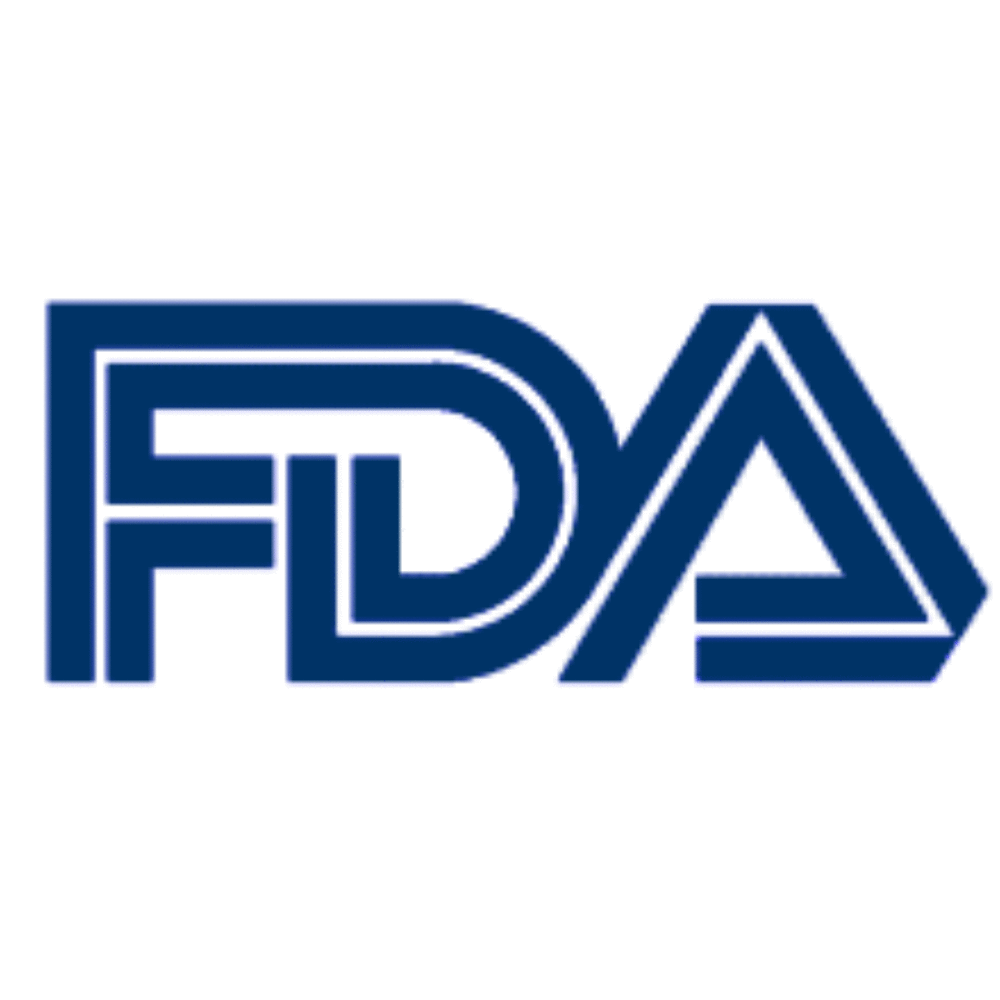FDA Panel Calls For Ban on Behavioral Modifying Shock Devices

An FDA advisory panel is calling for the federal regulatory agency to ban “behavioral modification devices,” which are used to deliver agonizing shocks to autistic and mentally retarded children.
On April 24, the Neurological Devices Panel, a group of outside advisors for the FDA, voted to recommend a ban on the use of “electrical stimulation devices” (ESDs), which are meant to prevent children with behavioral problems from harming themselves or others. The technique, known as aversion therapy is extremely controversial, with many calling it outright torture.
Only one facility in the United States is known to manufacture and use behavioral electrical shock devices; the Judge Rotenberg Educational Center (JRC) in Canton, Massachusetts, according to background material (PDF) released by the FDA before last Thursday’s meeting.

Did You Know?
Millions of Philips CPAP Machines Recalled
Philips DreamStation, CPAP and BiPAP machines sold in recent years may pose a risk of cancer, lung damage and other injuries.
Learn MoreAmid the controversy over aversion shock therapy, the facility has stood by its use of the devices, maintaining that they are used with parental consent or approval of a probate judge, delivering what it describes as a shock that feels like a sharp pinch. The center claims the devices prevent the need for powerful psychotropic drugs, life-long institutionalization and other negative outcomes of uncontrolled and violent behavior.
Human rights advocates, advocates for the mentally challenged, and even some former students disagree, calling it inhumane, dehumanizing and torturous. Numerous groups have petitioned the FDA to put a halt to JRC’s practices. They point out that, since 1976 when the FDA first approved ESD use, the power of the devices has crept up to three times that of the originally approved units.
Individuals who previously had the aversion therapy have allegedly suffered post-traumatic stress disorder from the use of the devices, and some have claimed that they feel much more painful than JRC administrators let on, describing it as feeling like a thousand bee stings all at once. They also claim that the devices are used liberally to enforce staff directives, and not just to prevent self-injurious or aggressive behavior.
The last time JRC received FDA clearance for one of the devices was 1994. Even then, the FDA said they should only be used when alternate forms of therapy have failed.
The FDA staff review listed risks of the devices as including:
- Anxiety
- Fear and aversion/avoidance behavior
- Substitution of other negative behaviors
- Burns and tissue damage
- Depression and crying
- Pain and discomfort
- Neurological Damage
- Other negative emotional reactions and behaviors
FDA reviewers found at least six instances of PTSD, two instances of depression and suicidal behavior, and at least one death associated with the devices, though the reviewers cautioned there was no direct causal link between ESDs and the death and suicide cases.
The vote of the advisory panel is not binding for the FDA and is only a recommendation. However, the advisory panel decisions often factor heavily in the agency’s final decisions.
Get more articles like this sent directly to your inbox.
"*" indicates required fields
1 Comments





StanMay 5, 2014 at 4:09 pm
At the April 24 hearing, it came out that, while earlier "GED" shock devices were approved by the FDA, the Judge Rotenberg Center had changed over to a completely different type of device which was never FDA approved. The devices presently in use ("GED-3A" and "GED-4") are intended to deliver significantly more amperage than the approved devices. Further discussion involved "misfires" in which e[Show More]At the April 24 hearing, it came out that, while earlier "GED" shock devices were approved by the FDA, the Judge Rotenberg Center had changed over to a completely different type of device which was never FDA approved. The devices presently in use ("GED-3A" and "GED-4") are intended to deliver significantly more amperage than the approved devices. Further discussion involved "misfires" in which either the wrong shock device (on a different patient) was activated or the shock device self-activated. JRC witnesses claimed that these misfires represented only a small percentage of shocks applied. When questioned by a Panel member about whether the misfires were reported to the FDA, the witness claimed that they were reported. The Panelist said she reviewed the material and did not see any reports. After hearing explanations by the witness, the Panelist said, "I don't believe you."